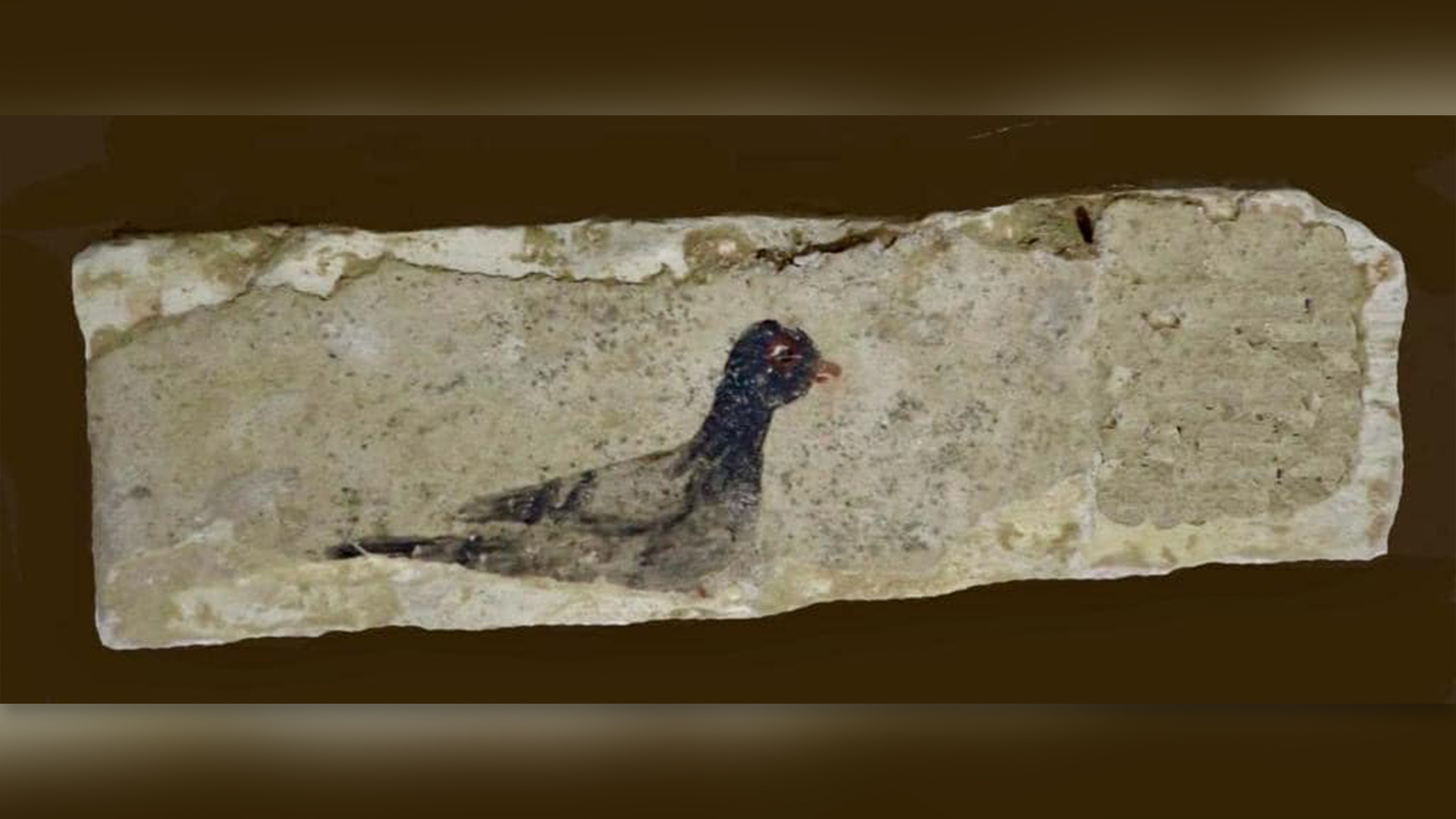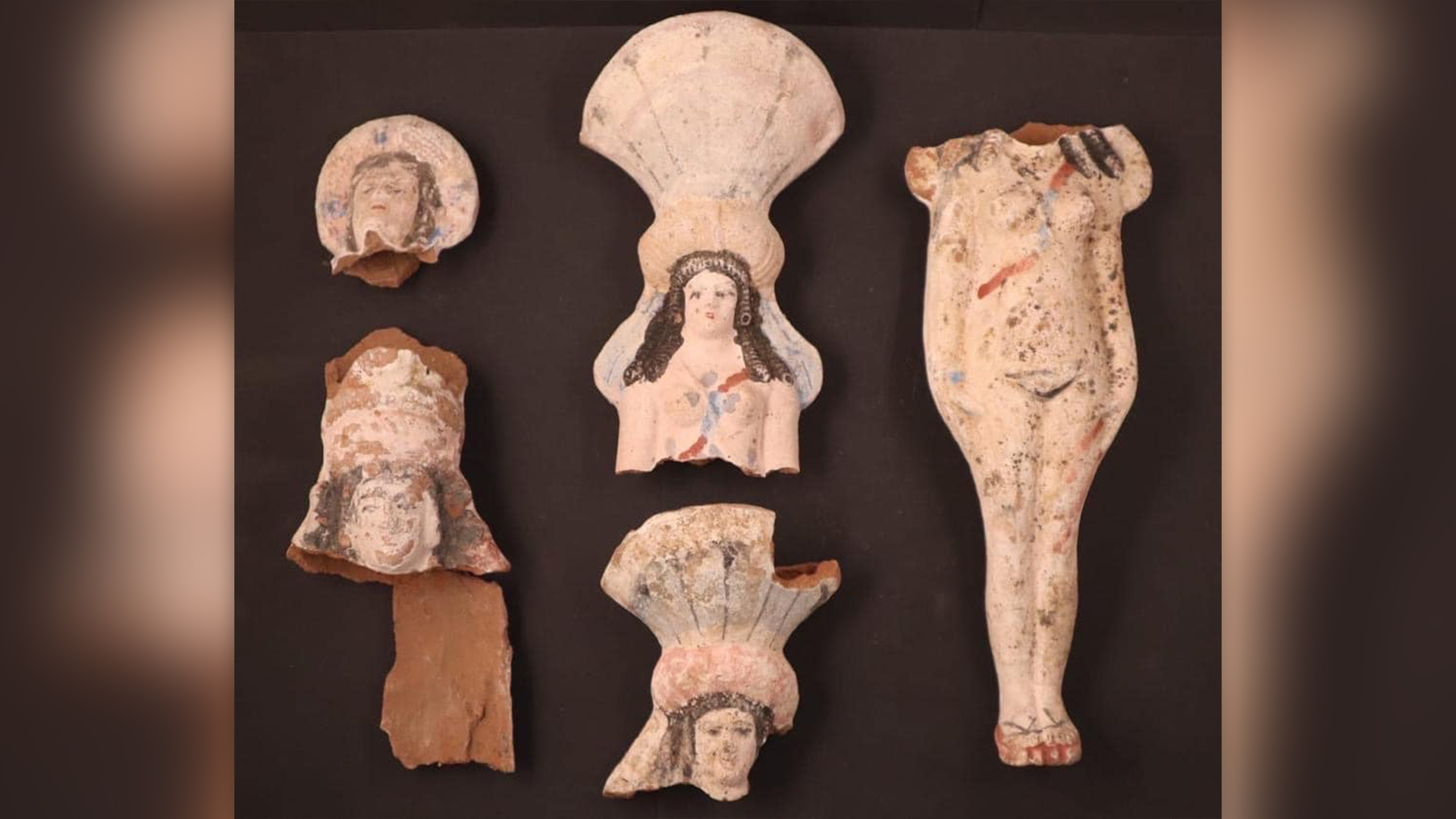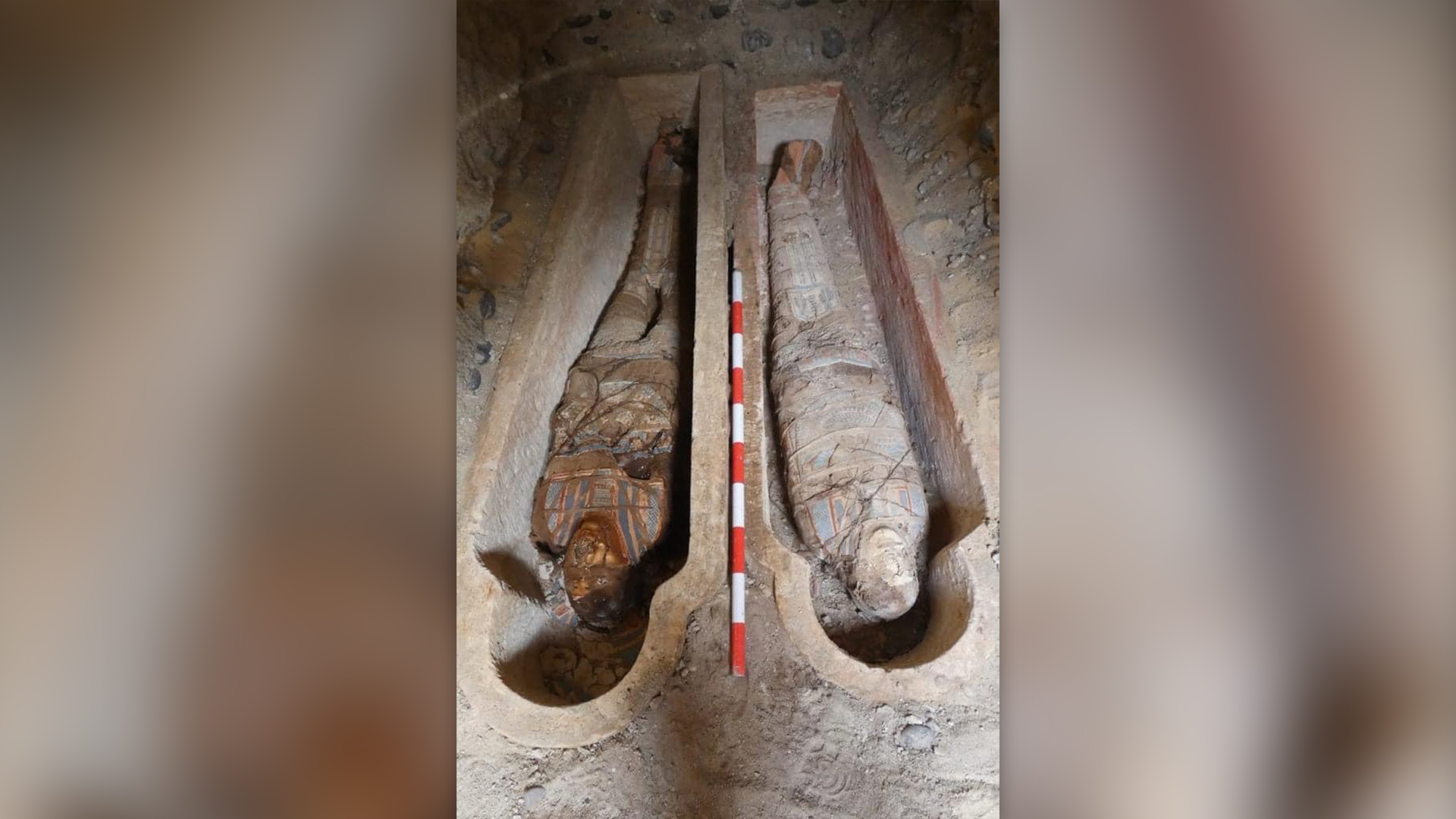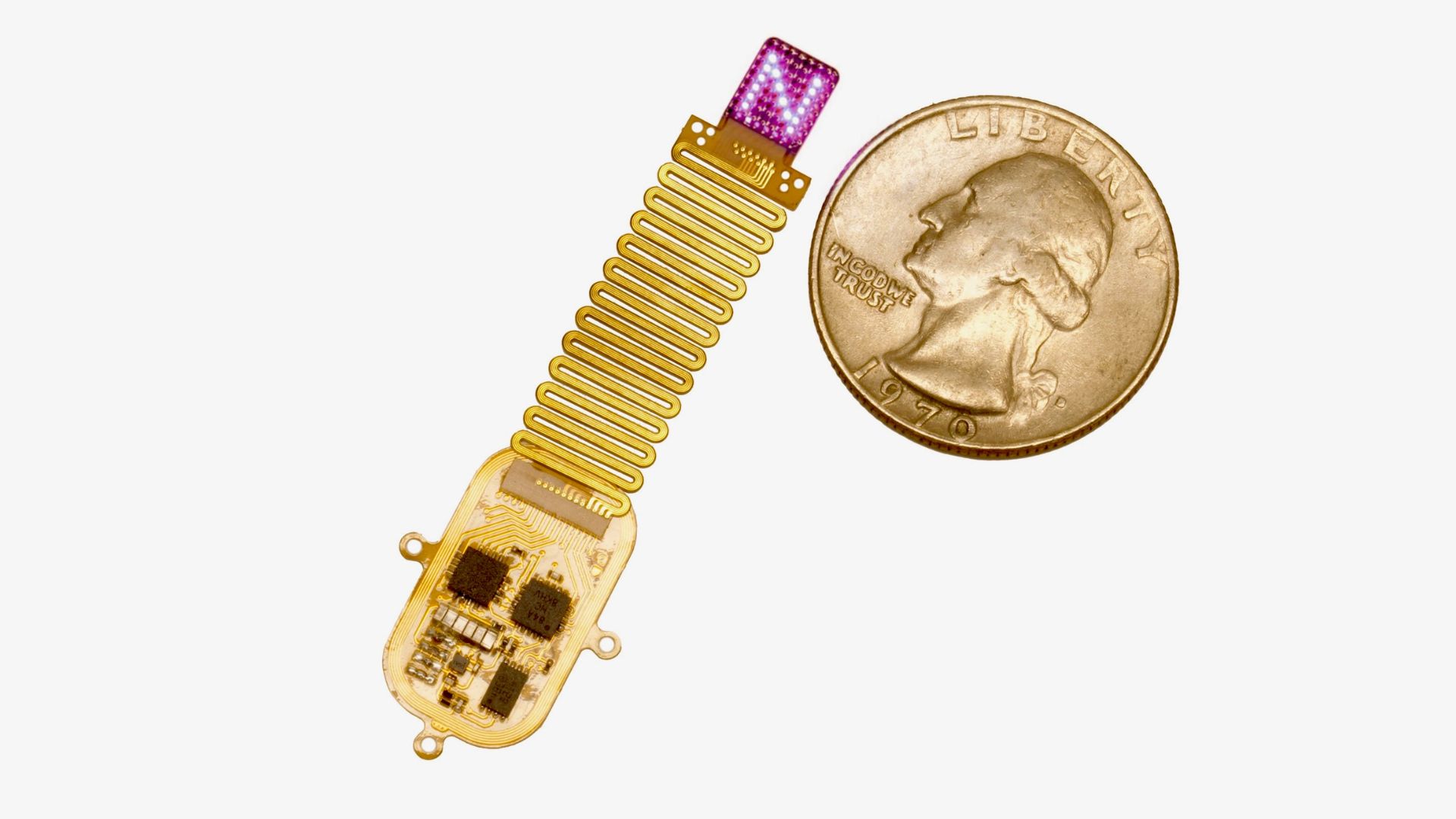2 golden tongues symbolizing 'flesh of the gods' unearthed in ancient Egyptian mummies
The two new finds bring the total number of golden tongues found in ancient Egyptian mummies at Oxyrhynchus to 16.
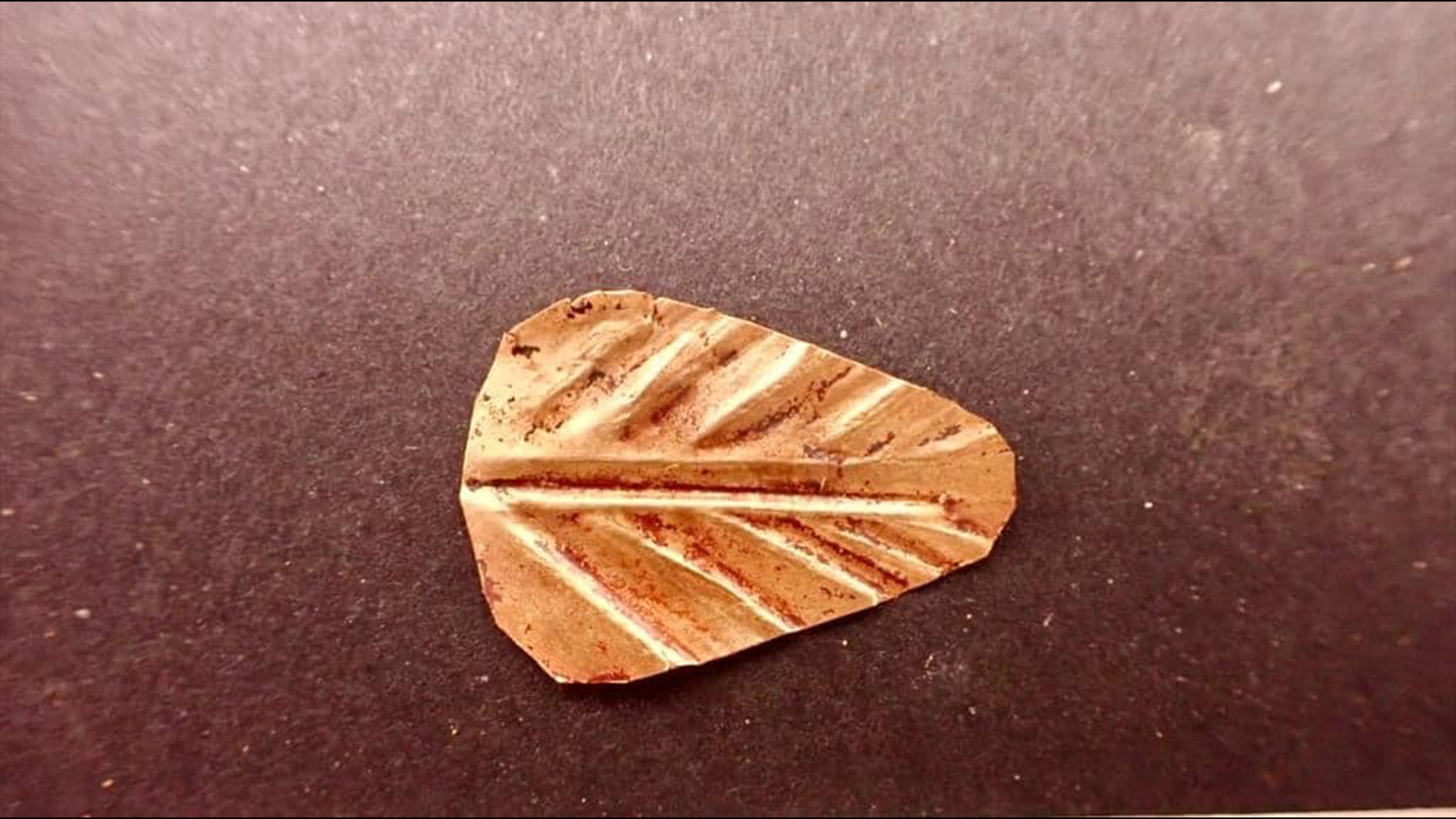
Archaeologists in Egypt have discovered two mummies outfitted with golden tongues at the ancient town of Oxyrhynchus, bringing the total number of golden tongues found at the location to 16, archaeologists say.
During the Roman period (29 B.C. to A.D. 641), the Egyptians put golden tongues inside the mouths of some mummies so that the mummy would be able to use their tongue in the afterlife and because the ancient Egyptians believed that gold was the "flesh of the gods," Esther Pons Mellado and Maite Mascort, co-directors of the archaeological mission of Oxyrhynchus, told Live Science in an email. Mummies with gold tongues were thought to have the ability to speak with Osiris in the underworld of the afterlife.
In 2021, three gold tongues were discovered by the same team at Oxyrhynchus, adding to the total number of golden tongues that have been found in the ancient town, which is located near modern-day el-Bahnasa in prior years.
The mummies with the gold tongues were found within two Roman period tombs that contained additional mummies, along with papyri that has Greek writing and mud seals that contain Egyptian iconography, Pons Mellado and Mascort said.
Related: Gold tongues found in 2,000-year-old mummies in Egypt
Additionally, in 2023, the team found three large underground burial places called hypogea that date to the Ptolemaic period (304 to 30 B.C.). When the team explored the hypogea, they found a total of nine stone sarcophagi with anthropomorphic (a mixture of people and animal) designs. Two were still closed, having not been robbed over the millennia, Pons Mellado and Mascort said.
In total, they found more than 30 mummies placed in colorful cartonnage (plastered layers of papyrus or fiber) and several terra-cotta figurines depicting Isis Aphrodite, a deity that combined Isis, an Egyptian goddess associated with healing and magic, and Aphrodite, a Greek goddess associated with beauty.
Get the world’s most fascinating discoveries delivered straight to your inbox.
"It is the first time that we have found in Oxyrhynchus terracotta with the image of Isis-Aphrodite and the first time that [these] kind of pieces appear in this area of the middle Egypt," Pons Mellado told Live Science in an email.
While we don't know details of the deceased, they must have been important people at Oxyrhynchus, considering they could afford to be mummified and, in a few instances, even be buried with golden tongues.

Owen Jarus is a regular contributor to Live Science who writes about archaeology and humans' past. He has also written for The Independent (UK), The Canadian Press (CP) and The Associated Press (AP), among others. Owen has a bachelor of arts degree from the University of Toronto and a journalism degree from Ryerson University.


